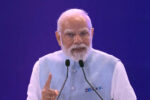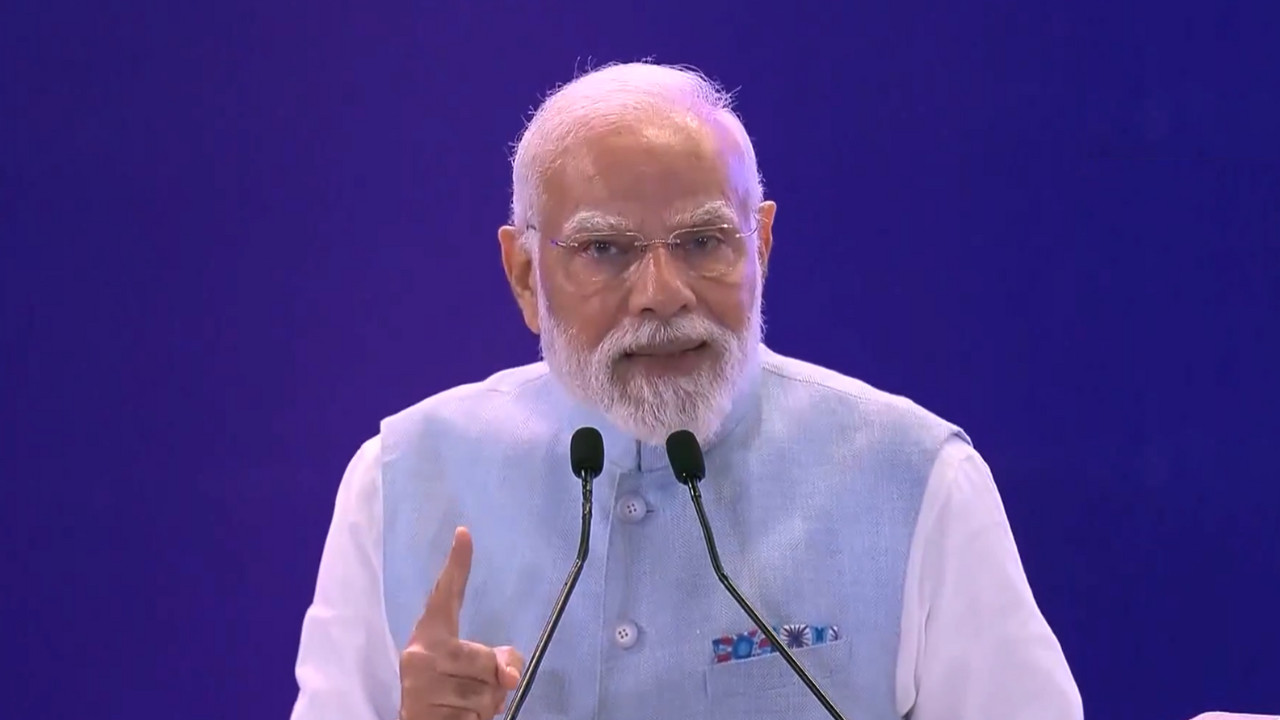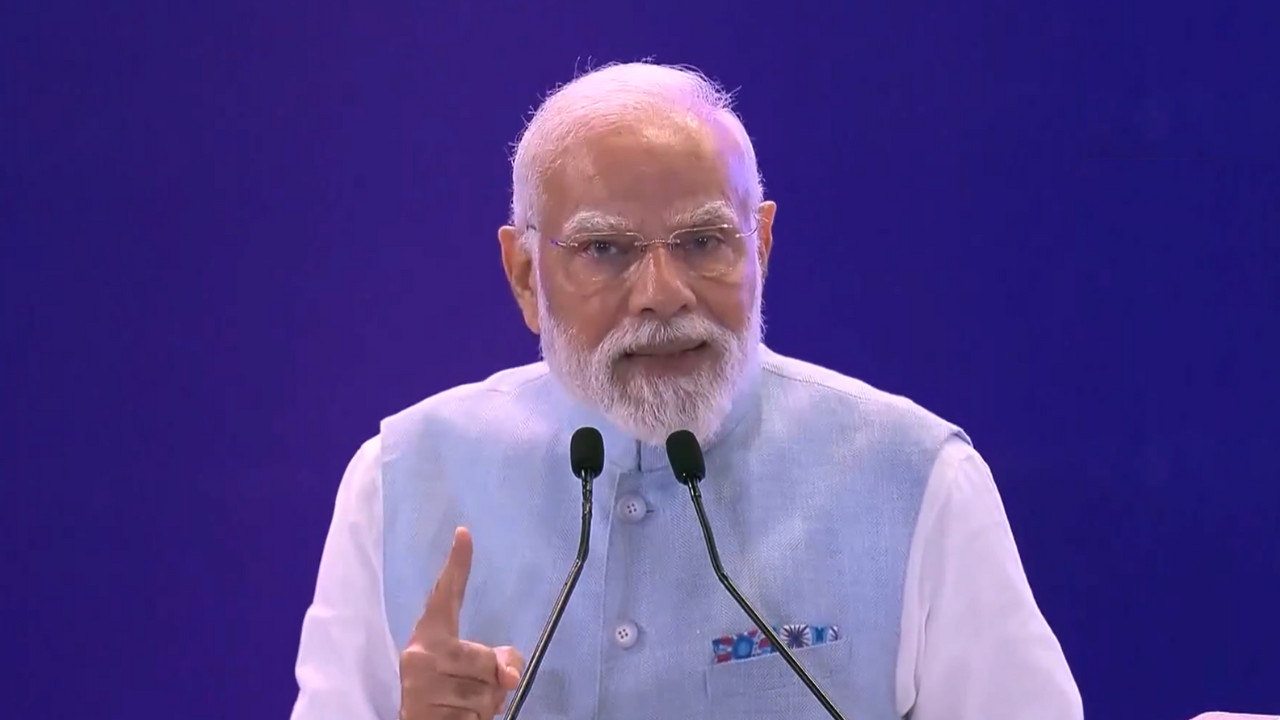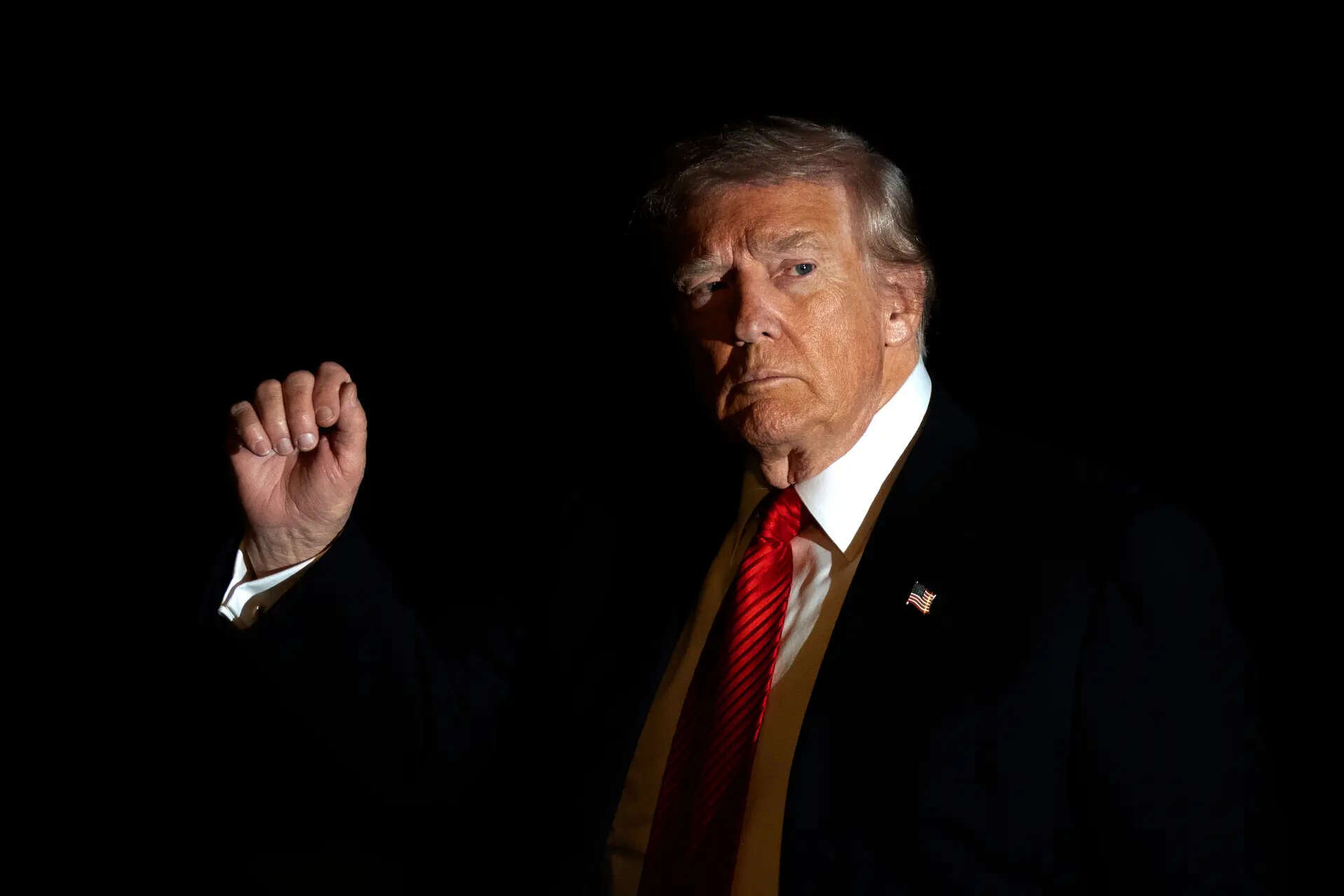India is actively engaged in free trade agreement (FTA) negotiations with key partners like the EU, US, Chile, and Peru, according to Commerce Minister Piyush Goyal. He emphasized the world’s interest in India as developed economies seek trade discussions.
India’s Ambitious Trade Agenda: Forging New Paths in Global Commerce
Imagine a flurry of diplomats, trade representatives, and legal teams, working tirelessly, day in and day out. That’s the current reality for India as it actively pursues Free Trade Agreements (FTAs) with key economic partners around the globe. Commerce Minister Piyush Goyal recently provided a glimpse into this high-stakes, around-the-clock effort, revealing the scope and intensity of India’s push to reshape its trade landscape.
A Whirlwind of Negotiations: India’s FTA Strategy
India isn’t just dipping its toes in the water; it’s diving headfirst into a pool of complex negotiations. The nation is engaged in intense FTA discussions with a diverse group of countries and blocs, including the United States, Chile, and the European Union. This isn’t a passive exercise. These aren’t polite conversations; they are demanding, detailed, and strategic initiatives aimed at securing beneficial trade relationships for India.
The sheer scale of these simultaneous negotiations is remarkable. It speaks to India’s ambition to not only bolster its economic growth but also to diversify its trade partners and reduce dependence on any single region. By forging these agreements, India hopes to unlock new markets for its goods and services, attract foreign investment, and create opportunities for its businesses and workforce.
Why the Focus on Free Trade Agreements?
The benefits of FTAs are multifaceted. Reduced tariffs and non-tariff barriers make Indian products more competitive in international markets. This can lead to increased exports, which in turn boosts domestic production and creates jobs. FTAs can also facilitate technology transfer, encourage innovation, and improve access to essential goods and services. They are a core pillar in driving exports and building economic strength.
For India, the current push for FTAs is particularly timely. With a rapidly growing economy and a large, young workforce, the country is poised to become a major player in global trade. FTAs provide a framework for India to integrate more deeply into the global economy and leverage its strengths to achieve its development goals.
Navigating the Complexities of Trade Deals
Negotiating FTAs isn’t easy. It requires careful consideration of various factors, including the specific interests of each party, the potential impact on domestic industries, and the need to balance economic benefits with social and environmental concerns.
For example, discussions with the EU involve navigating complex issues related to intellectual property rights, agricultural subsidies, and environmental standards. Similarly, negotiations with the US touch upon sensitive topics such as market access for agricultural products and trade in digital services. Successfully navigating these complexities requires skillful diplomacy, technical expertise, and a clear understanding of India’s strategic priorities.

The Potential Impact on Key Sectors
The outcome of these FTA negotiations could have a significant impact on various sectors of the Indian economy. Industries such as textiles, pharmaceuticals, engineering goods, and agricultural products stand to benefit from increased access to foreign markets. At the same time, certain sectors may face increased competition from imports, requiring them to adapt and innovate to remain competitive.
The government is keenly aware of these potential impacts and is working to ensure that FTAs are designed in a way that maximizes benefits for all stakeholders. This includes providing support to domestic industries to help them adjust to the changing trade landscape, as well as implementing policies to promote innovation and competitiveness. To get a more in-depth look at a specific sector, check out this article on the rise of India’s pharmaceutical industry and its global impact.
Looking Ahead: A New Era for Indian Trade?
As India continues its pursuit of FTAs, the country is positioning itself to play a more prominent role in the global economy. By forging strong trade partnerships with key countries and blocs, India hopes to unlock new opportunities for growth, create jobs, and improve the lives of its citizens. The journey is complex and demanding, but the potential rewards are immense. The ongoing negotiations represent a pivotal moment in India’s economic history, with the potential to reshape its trade landscape for decades to come.
India’s proactive engagement in free trade agreements underscores a clear commitment to global economic integration and the pursuit of mutually beneficial partnerships. The successful conclusion of these negotiations promises to usher in a new era of trade and prosperity for the nation, strengthening its position as a major player in the international arena.







